In today’s world, access to money and the internet means access to opportunity. But for many people around the world, that access doesn’t exist. Financial and digital inclusion are two major forces helping to close that gap.
They ensure that people, no matter What is Financial and Digital Inclusion? their income or location, can use digital tools and financial services to improve their lives. When both work together, they create a fairer and connected world.
Understanding Financial Inclusion
Financial inclusion is not about handing out free money. It’s about access. Access to tools that let people save, borrow, pay, and protect their finances.
Why Financial Access Matters
When people have a way to safely store their money or take out a small loan, they gain control over their future. They can:
-
Invest in a small business
-
Send their children to school
-
Pay for healthcare or emergencies
-
Avoid loan sharks and unsafe borrowing options
Without financial services, many are stuck using cash only. That means no credit history, no safety net, and limited chances to grow.

Who Gets Excluded Financially?
The financially excluded often live in rural areas or informal communities. Many women, people with disabilities, and those without formal IDs also fall into this category. Their needs are often ignored by traditional banks, leaving them with no secure way to manage money.
What is Digital Inclusion?
Digital inclusion is more than giving someone internet access. It’s about making sure they can actually benefit from digital tools.
The Four Pillars of Digital Inclusion
-
Affordable Access: Can people afford internet and devices?
-
Digital Skills: Do they know how to use them effectively?
-
Useful Content: Is the digital content relevant to their needs and language?
-
Inclusive Design: Are websites and apps accessible to people with disabilities?
Without all four, the internet becomes another barrier instead of a bridge.
Digital Exclusion in Daily Life
Think of all the things people do online today — from applying for jobs to video chatting with family. Those who don’t have digital access are missing out on work, education, healthcare, and basic communication.
In many low-income countries, millions still live without reliable internet. Even in wealthier places, many older adults or marginalized groups are offline, simply because they haven’t had the chance to learn.
How Financial and Digital Inclusion Work Together

The modern world runs on digital systems. Many financial services today are digital-first or digital-only. That makes digital inclusion a key part of financial inclusion.
Digital Tools for Financial Access
In some countries, digital platforms have replaced traditional banks. Mobile wallets like M-Pesa in Africa or bKash in Bangladesh let users pay bills, send money, and store savings from a simple mobile phone.
These tools are powerful, but they only work if people can use the technology. So, without digital skills or access, financial inclusion is nearly impossible.
A Two-Way Relationship
It goes both ways. If someone can’t access financial services, they may have no reason to be online. But once they’re included financially, digital tools become useful—for tracking spending, shopping online, or getting paid digitally.
Real-Life Examples of Inclusion
Kenya: M-Pesa and Mobile Banking
M-Pesa turned phones into banks in rural Africa. People could finally send and receive money without traveling hours to a physical bank. This digital solution became a financial revolution.
India: Aadhaar-Linked Financial Services
India linked national ID cards to bank accounts and digital wallets. This helped millions of people access government benefits directly into their accounts. It connected financial and digital systems in a smart, scalable way.
Latin America: Fintech for the Unbanked
In countries like Brazil and Mexico, fintech startups have built mobile apps that work with limited data, low-end phones, and in local languages—bringing people into the financial system one screen at a time.
Challenges to Financial and Digital Inclusion

While progress has been made, many barriers still remain.
Common Barriers People Face
-
Lack of infrastructure: No signal, no broadband
-
Cost: Devices and data are still expensive for low-income groups
-
Low trust: Some communities distrust banks or digital platforms
-
Limited literacy: Reading and tech skills are still major hurdles
-
Cultural resistance: Gender roles or social norms can prevent access
Each of these factors can shut someone out of financial and digital systems—especially if they face more than one challenge at once.
Why Inclusion Matters Now More Than Ever
Economic Stability
Financial and digital inclusion help people withstand shocks. Whether it’s a job loss or a medical emergency, access to money and tools helps people bounce back faster.
Social Connection
Being digitally connected means more than convenience. It allows people to stay in touch, learn new skills, and participate in their communities—even when physical distance keeps them apart.
Empowering the Marginalized
Inclusion is especially important for women, the elderly, people with disabilities, and refugees. These groups often face the most exclusion but benefit the most from tailored access.
What’s Being Done to Improve Inclusion?
Government Actions
Some governments are building low-cost internet networks in rural areas or subsidizing smartphones for poor families. Others are offering digital ID systems that simplify banking access.
Private Sector Innovation
Tech companies and startups are designing services for people who have never used a bank or logged onto the internet before. These innovations are making inclusion more realistic, one user at a time.
Community Involvement
Local programs that train people in digital and financial literacy are helping to bridge the gap. When communities lead the charge, solutions are more trusted and effective.
Final Thoughts
To wrap it up, financial and digital inclusion isn’t just about technology or money. It’s about fairness. It’s about giving people the tools they need to live better, more secure, and more connected lives.
When someone can manage their savings, apply for work online, or talk to a doctor through a phone — that’s not just access. That’s power.
Inclusion is not a one-size-fits-all solution. But step by step, with the right tools and the right approach, it’s possible to bring more people into a system that works for everyone.
To see how inclusion is being scaled efficiently, it’s worth exploring what digital process automation in financial services means.
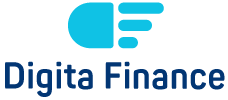

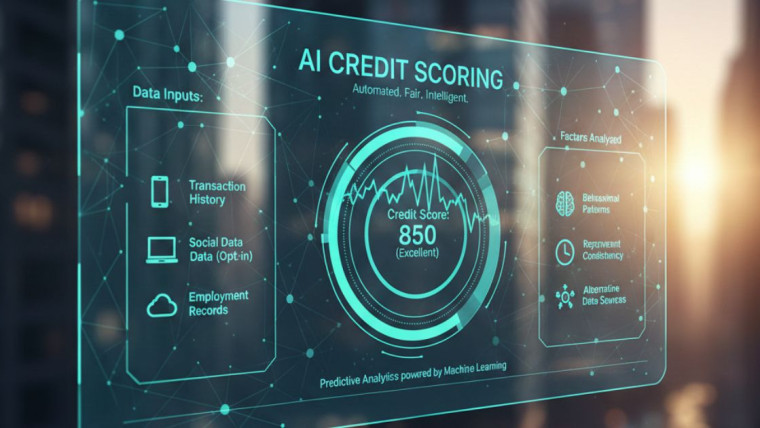
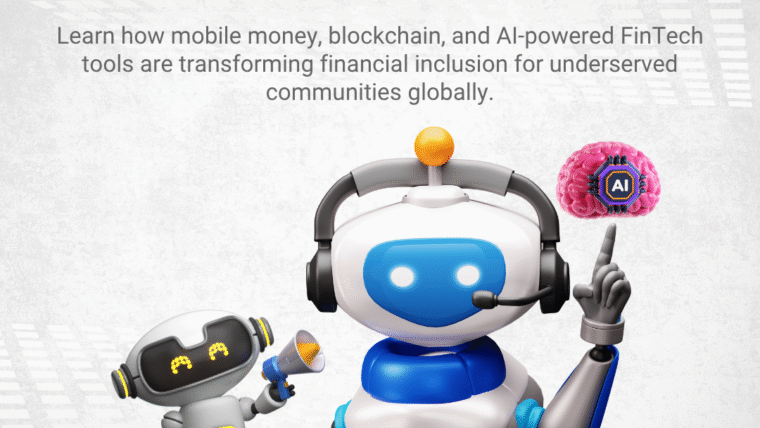


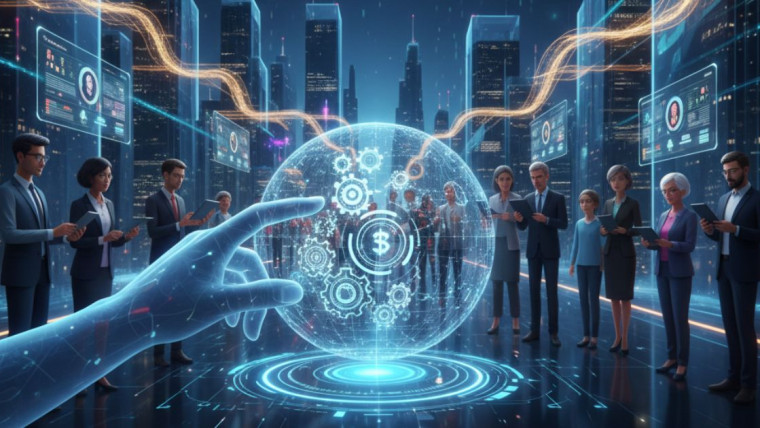
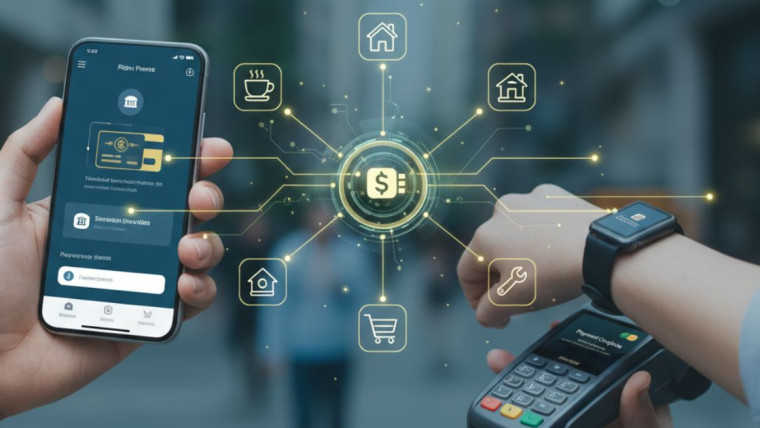
How Open Banking APIs Are Revolutionizing Digital Finance?
Digital Wallets vs. Traditional Banking: What Consumers Need to Know
Top 10 Fintech Trends To Look Out for 2026
What Is FinTech? A Beginner’s Guide to the Finteching 2025
Digital Twin Technology in Finance: How Virtual Models Are Transforming Risk Management
The Future of Personal Finance: Autonomous Finance and AI Money Management
AI Credit Scoring: Revolutionizing SME Banking and Digital Loans
AI Fraud Detection: How Banks Prevent Financial Crime in Real Time